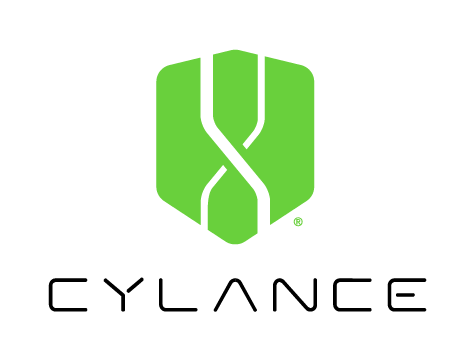Photo Gallery
 |
Cylance

Additional Info
| Company size | 500 - 999 employees |
| World Region | North America |
| Website | https://www.cylance.com/en-us/index.html |
NOMINATION HIGHLIGHTS
When Stuart McClure and Ryan Permeh founded Cylance in 2012, they recognized that similar cyber attacks often successfully recur simply because the industry failed to learn from the past. Or, when organizations attempt to learn from the past, they struggle to access and analyze organized data once an attack hits and the need is urgent. Stuart and Ryan knew there was a better way: artificial intelligence.
Over the last six years, Cylance has redefined the cybersecurity industry using AI-driven threat prevention products, which effectively prevent and protect from advanced threats and malware. Cylance solutions are now deployed on more than 14.5 million endpoints to protects clients worldwide, including Fortune 100 organizations and governments.
Cylance’s unique artificial intelligence (AI) approach delivers capabilities designed to further decrease the noise and clutter of the security stack. For example, the company’s AI-driven threat prevention solution, CylancePROTECT®, first reduces the attack surface by preventing most successful attacks. Then, CylanceOPTICS uses advanced machine learning modules to identify and prevent widespread security incidents, providing consistent visibility, targeted threat hunting and fast incident response. The products also store and analyze data locally on the endpoint, which minimizes the infrastructure costs and human resources typically required by other security solutions.
When it comes to influencing the larger cybersecurity community, Cylance has made innovative, countercultural decisions in support of causes important to their team. During the 2018 U.S. election season, Cylance offered its new Smart Antivirus protection free of charge to all consumers and challenged other providers in the industry to match their contribution.
Cylance’s predictive approach to cybersecurity is creating ripple effects throughout the cyberworld and disrupting the way the cybersecurity industry as a whole operates. The company’s approach, combined with its team’s impressive background and network of partners, is building a safer future for organizations across the globe.
How we are different
●Cylance’s Mission: Cylance’s CEO, Stuart McClure and Chief Scientist, Ryan Permeh founded the company to thwart cyber bullies and stop those who prey on the weak. Driven by the mission to protect everyone under the sun, the Cylance team has collaborated to develop products that harness mathematics and artificial intelligence to predict and prevent future cyber attacks. By extending artificial intelligence technology into both enterprises, governments and consumers’ networks, Cylance proactively blocks threats.
●Product Differentiation: The exponential growth of malicious code, especially zero-day threats and ransomware, requires more innovative and thoughtful solutions to adequately—and effectively—protect end-users. Traditional solutions rely on reactive, signature-based technologies that slow down systems, bombard users with pop-up notifications and require some form of breach in order to begin detecting malware. Cylance uses artificial intelligence and is not signature-based, using a fraction of the processor and memory usage of many traditional solutions. Unlike many of its competitors, Cylance’s solutions are also deployed directly at the endpoint, enabling much quicker detection and response than solutions that are cloud-based.
●Use of artificial intelligence: Cylance wants to demystify cybersecurity by proactively protecting its customers against never-before-seen malware, without requiring its customers – who do not have the knowledge or context – to understand either the threat actors or the attack surface. By harnessing the power of mathematics and artificial intelligence, Cylance has created solutions that are capable of countering the evil of cybercriminals with the good of predictive analytics, often preventing attacks before they can even occur -- and saving end users the trouble.

Vote by Sharing
- Like
- Digg
- Tumblr
- VKontakte
- Buffer
- Love This
- Odnoklassniki
- Meneame
- Blogger
- Amazon
- Yahoo Mail
- Gmail
- AOL
- Newsvine
- HackerNews
- Evernote
- MySpace
- Mail.ru
- Viadeo
- Line
- Comments
- SMS
- Viber
- Telegram
- Subscribe
- Facebook Messenger
- Kakao
- LiveJournal
- Yammer
- Edgar
- Fintel
- Mix
- Instapaper
- Copy Link
Each completed social share counts as a vote for this award nomination.



